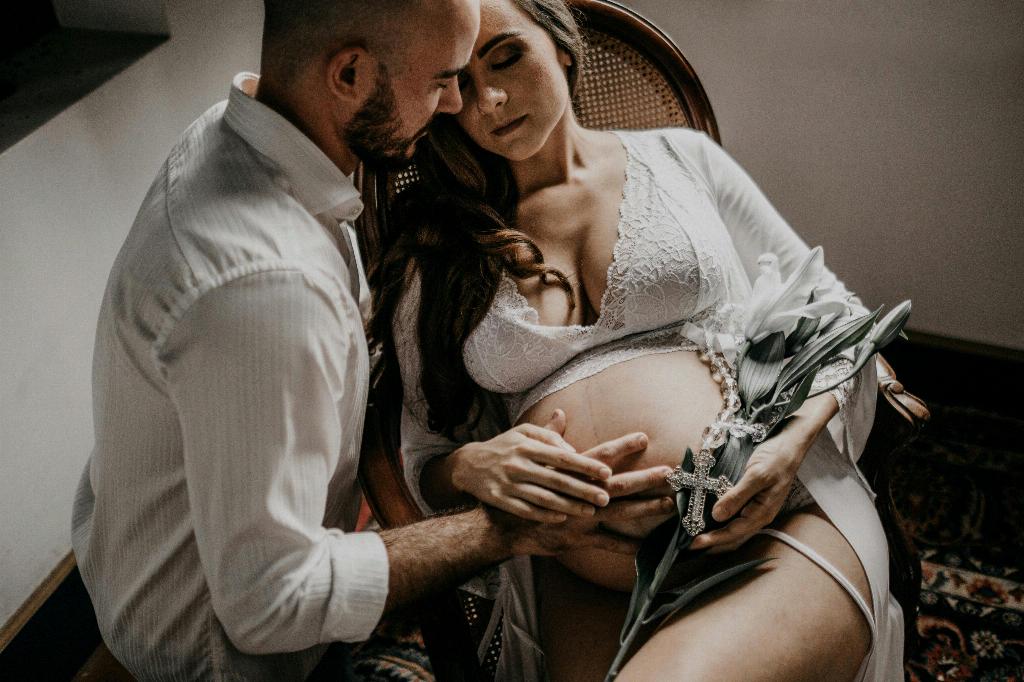One of the fascinating changes that occur during pregnancy is the transformation of your belly button. As your baby grows inside your womb, your body undergoes various physical changes to make room for the developing fetus. Your belly button, a small yet significant part of your abdomen, is no exception to this transformation.
Initially, in the early stages of pregnancy, you may notice that your belly button starts to flatten as your abdomen expands to accommodate the growing fetus. This is due to the stretching of the skin and the underlying muscles to make space for your baby. It is a subtle change that signifies the beginning of the transformation that is yet to come.
As you progress into the second or third trimester of pregnancy, the most significant change in your belly button is likely to occur. At this stage, your uterus has grown significantly in size, and the upward and outward pressure it exerts on your abdomen can cause your belly button to protrude or “pop out.” This outward bulge is often referred to as an “outie” belly button, in contrast to its usual “innie” state.
The protrusion of your belly button during pregnancy is primarily due to the expanding uterus pushing against the surrounding abdominal walls. This pressure can cause the skin around your navel to stretch, leading to the outward appearance of your belly button. While this change may vary in degree among individuals, it is a common occurrence in many pregnant women as their pregnancies progress.
It is essential to note that the transformation of your belly button during pregnancy is a temporary change that typically reverts to its pre-pregnancy state after giving birth. As your uterus shrinks back to its normal size post-partum, the pressure on your abdomen decreases, allowing your belly button to gradually return to its original position.
While the physical changes in your belly button during pregnancy are primarily due to the expanding uterus and the stretching of the abdominal muscles, hormonal fluctuations can also play a role in these transformations. Hormones such as relaxin, which help to relax and loosen ligaments in the pelvis to prepare for childbirth, can also affect the connective tissues around the abdomen, including the area around the belly button.
It is common for women to experience varying degrees of belly button protrusion during pregnancy, with some individuals having a more pronounced outward appearance than others. Factors such as the individual’s body structure, the position of the uterus, and the number of pregnancies can influence the extent of belly button changes experienced during pregnancy.
For some women, the changes in their belly button during pregnancy can be a source of curiosity and conversation. The protruding belly button, while temporary, can be a visible reminder of the incredible process of pregnancy and the remarkable changes that the female body undergoes to nurture and support the growing baby.
It is essential for pregnant women to embrace and celebrate these physical changes as a testament to the transformative journey of pregnancy. While the protruding belly button may be a novelty or a conversation starter for some, it is a natural and temporary phenomenon that reflects the miraculous process of creating new life.
In conclusion, the changes that occur in your belly button during pregnancy are a reflection of the incredible adaptations your body goes through to accommodate and nurture your growing baby. From the initial flattening to the eventual protrusion, these transformations are a testament to the extraordinary journey of pregnancy and the remarkable resilience of the female body.

